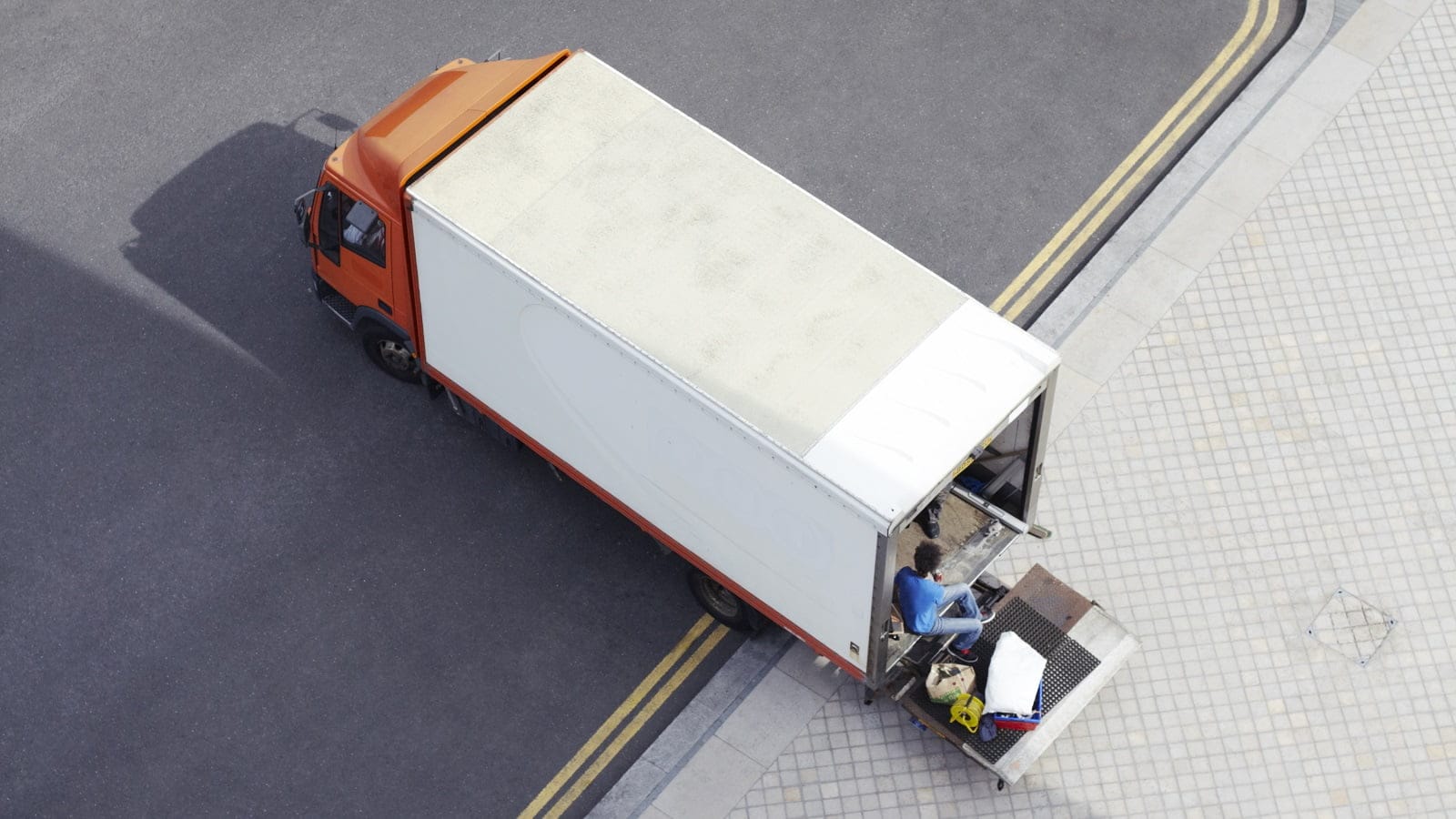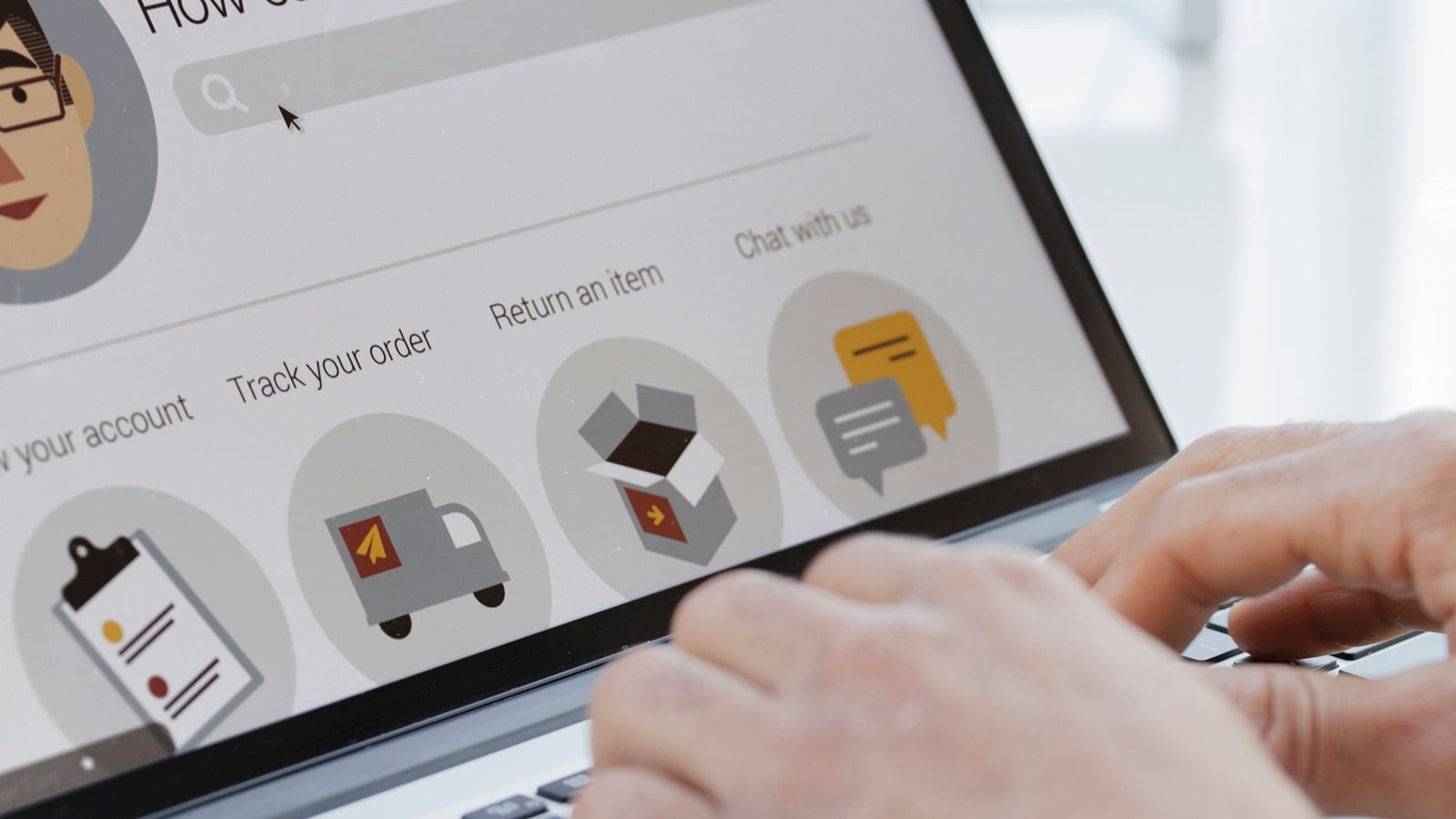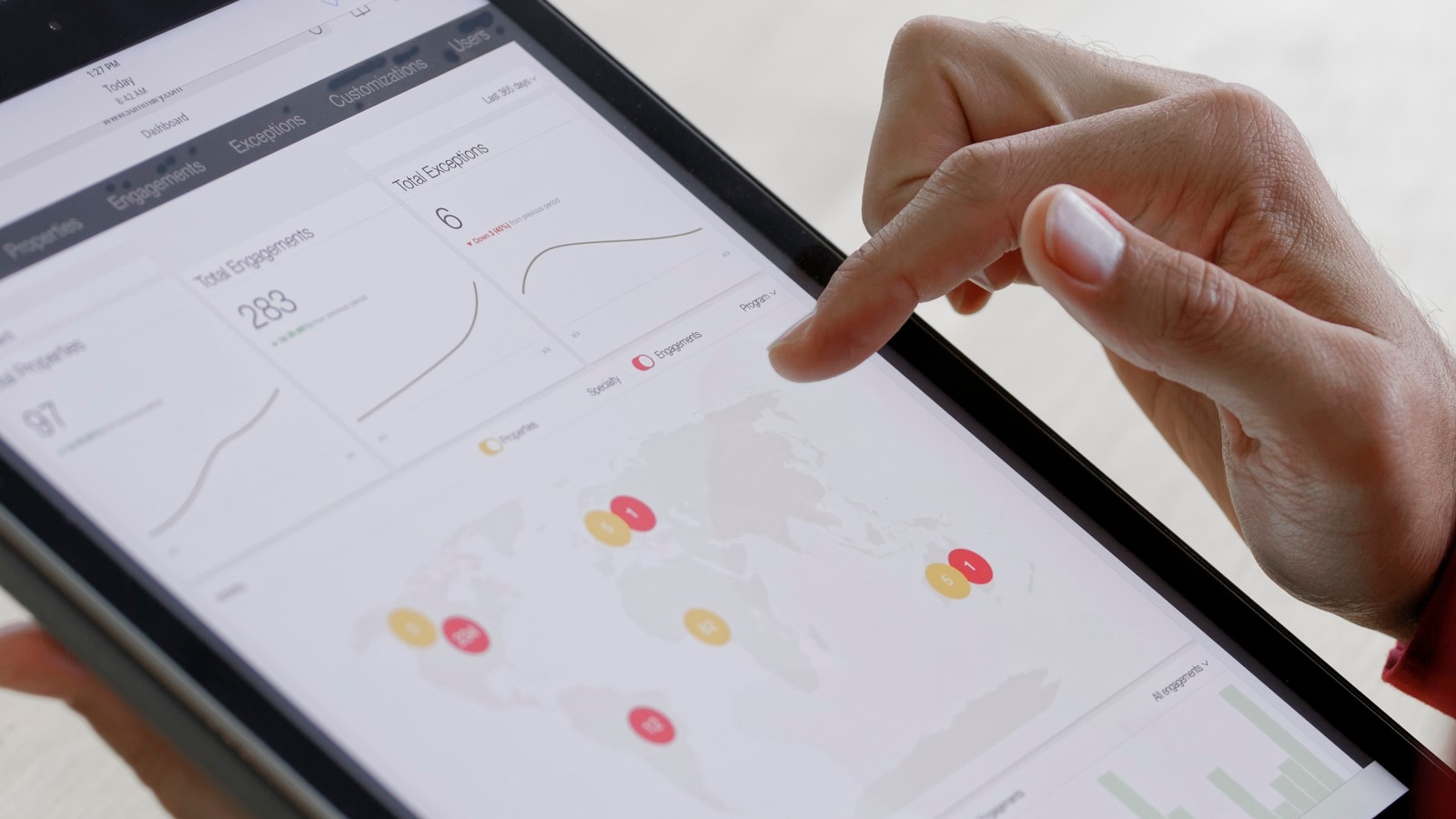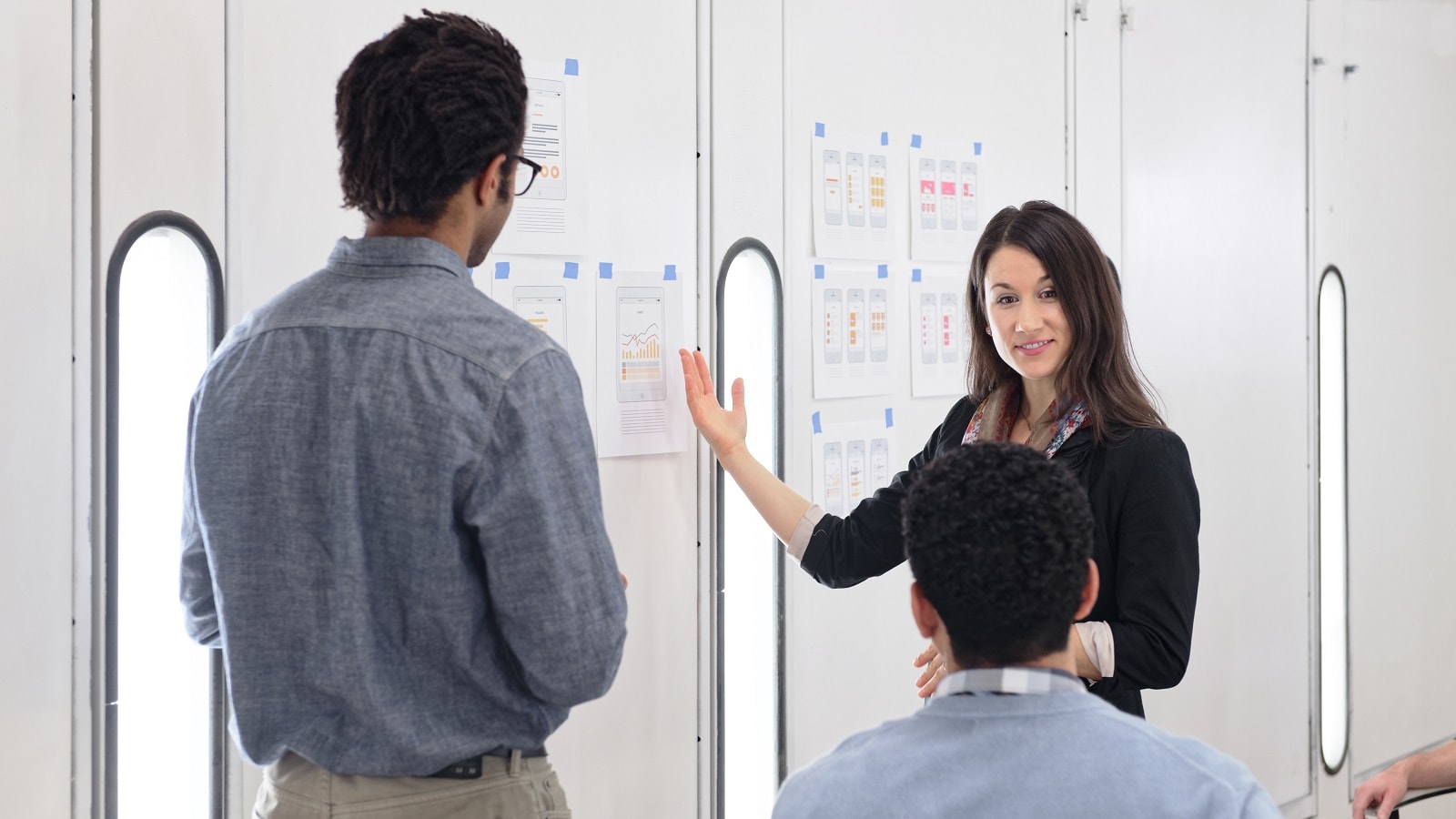{{item.title}}
{{item.text}}

{{item.text}}
Develop your competitive advantage

Post, railways, aviation, navigation, passenger transport and freight forwarding are facing far-reaching changes — evolving customer expectations, new technologies and new players in the market affect all types of transport and their business models.
Which daily activities help your company build its advantage? A modern strategy, optimising solutions, digitisation and process automation can be responses to challenges as well as the conditions for maintaining your market position. The development of the e-commerce sector presents another big opportunity for the industry. A quick response to these phenomena and process-based change management will help your company to improve its efficiency and effectively operate in an uncertain business enviroment.
E-commerce strategy
In retail trade, the share of sales in the e-commerce channel is growing considerably. Customers expect services relating to sales, direct delivery and refund of goods to be provided simultaneously.
More and more often, the flow of goods takes place between different points of the logistics and sales network in solutions such as:
Preparing an optimal range of services based on key market needs and meeting different expectations in an effective manner is gaining strategic importance.
Market strategy
The size of the market which can be obtained depends on the company’s selected business model. An increase in assets can frequently be achieved through a skilful investment in promising niches or the acquisition of specialised companies. It is also important to apply appropriate tools when measuring the market size and identify major development trends and areas for further expansion. The appropriate targeting of strategic activities enables the needs of new customers to be met effectively and, in the long term, the company to develop.
Sales increase
The B2B segment is considerably fragmented. ‘White spots’ in market coverage and the underestimation of the potential of the industry are the main factors that affect sales in the transport sector. How can sales forces be distributed optimally based on actual existing potential? Business Intelligence may be the answer to this question. Additionally, support of this tool through methodology on identification and validation of market potential is extremely effective. Such solutions also help to distribute sales efforts between regions.
Net profit maximisation
Suppliers are under continuous price pressure due to the standardisation of the quality of services provided by competitors and the flexibility of logistics processes. How can we prevent customers from leaving us? Profit Maximizer is a tool which enables a number of methods to be applied; such as managing contract profitability, measuring the effectiveness of retention processes, introducing price list elements with lower price flexibility, and product positioning based on actual sales determinants in order to improve sales profitability.
Perfection in logistics
The market is experiencing an increase in customer expectations about collection and delivery dates, as well as the quality of the entire process. How can we stay one step ahead of the competition in response to these needs? Changes in road infrastructure offer an opportunity to reduce transport costs by changing the number and location of depots. Furthermore, the application of appropriate methodology, facilitates the design of an optimal logistics network that is adapted to future market conditions. AnyLogic simulation software supports the decision-making process, using all currently existing simulation methods. It fully covers the demand for simulations in every company. Its flexibility facilitates the construction of models that are fully adapted to the needs of the organisation, without having to rely on existing, predefined solutions offered by other tools.
{{item.text}}

{{item.text}}






